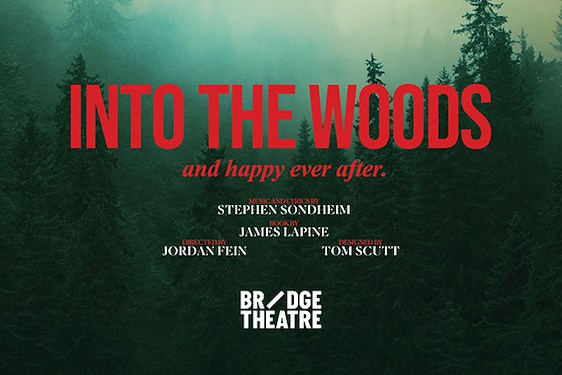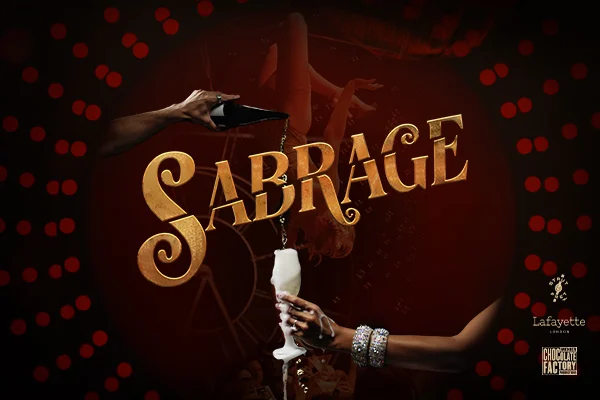The opportunities for speculation about meaning abound in Franz Kafka’s The Hunger Artist at Etcetera Theatre, Camden in a production by London Actors Workshop, with Jonathan Sidgwick in the solo role. Some lines of interpretation might gain in strength as the story unfolds while others might fade or be abandoned entirely. The ultimate joy is knowing that you are right, wherever your thoughts take you, for who is there to say that you are wrong? Certainly not Kafka!
A captivating and intriguing performance with an admirably idiosyncratic take on physical theatre
A Voice of God prologue sets the scene and context for the play. This is Franz Kafka’s final work. He died on 3rd June 1924, and it seemed fitting that this play be performed in the centenary month of his passing. Kafka was editing A Hunger Artist on his deathbed, a story whose composition he had begun before he was consumed by tuberculosis and his throat closed to the point that he could not take any more nourishment. His dying wish was that any writings found in his house following his demise should be burned, except this one, which clearly meant a lot to him. As Kafka lay in obscurity on his deathbed of only forty years old, his literary executor, Max Brod, told him he had no intention of doing anything of the sort. Kafka was in no position to argue and so his legacy was preserved.
In an age when we have grown beyond keeping animals in cramped cages in zoos or torturing them for purposes of circus entertainment, it’s worth pondering for a while on the reality of a hunger artist in order to have a handle on the play. The sight of Sidgwick confined within the bars of a cage that allows him only to peer through the gaps, contort and crawl from one part of the straw-strewn floor to another, is not just a construction for the stage, but a realistic representation of what people used to find entertaining. Crowds of spectators would gather to see a new installation, and return on a regular basis to see how the man’s starvation was progressing. Some would become night watchmen, to ensure that he was never let out and that no one slipped him a morsel of sustenance. Some admired, others jeered and became abusive, but this was all part of the entertainment, in the same way that the public used to relish a day out at the gallows or beheading block to witness executions.
But if the hunger artist were to die that would be a loss of revenue, so in the case of Sidgwick’s character, known only as The Protagonist, the Impressario, in modern terms his producer and agent limits his fasting to forty days. This infuriates him. He sees it as an attack on his art and stamina, for he is no doubt that he can easily exceed that brief span and become the world’s longest fasting hunger artist. But he was denied that opportunity and any case there was no Guinness Book of World Records in those days.
For those pursuing explanations, the mention of forty days is inevitably a springboard for what is probably misguided speculation, given that Kafka was a Jew and an atheist. But let’s go there. At a point towards the end when The Protagonist emerges from his confinement, he adopts a position with his arms stretched out across the top bar of his cage and with rags for a covering and head bowed to the left he creates the image of a man crucified for his art, so much so that it’s hard not to look for a sword-hole in his side and a crown of thorns on his head. This religious or spiritual dimension easily leads to thinking of the pillar saints, like St Simeon Stylites, who similarly set themselves apart from the world to enter a realm of asceticism or the flagellants who scourged themselves into a state of agonising exaltation.
And as the crowds who once so loyally followed Jesus mocked him on the Via Dolorosa and from the foot of his cross, so in Kafka’s story The Protagonist’s followers have now lost interest and his novelty value has passed. He parts company with the Impresario and seeks fame by joining a circus, only to be placed in a cage next to the animals. But now, the people pass him by on their way to see the latest novelty, a panther, whose feeding times they particularly enjoyed. Then, as The Protagonist lies near to death in his cage, almost indistinguishable from the straw, the words of the prophet Isaiah come to mind: ‘He was despised and rejected by men, a man of sorrows, and acquainted with grief”.
Other angles on the play see it as a statement about misunderstood artists, or as Kafka’s autobiographical statement, bearing in mind his possible anorexia nervosa, imminent death and frail body. The panther stands as the antithesis to this and a reminder of how some can gorge themselves with fame while others are starved into ignominy.
Steven Berkoff suggested this text for Sidgwick’s debut solo show and it has proved to be an inspired choice. Sidgwick committed to it wholeheartedly, losing around seven kilos in weight from his already tall, slender body. The cage is constructed to accommodate his height, leaving him cramped but allowing for a performance marked by physicality. He captures the many moods through which the Protagonist passes, sometimes shaking the bars and raging at those who fail to understand him, before recoiling to introspectively consider his plight and his often fraught relationship with the Impresario, reminding us of Kafka’s words in The Metamorphosis, “I cannot make you understand. I cannot make anyone understand what is happening inside me. I cannot even explain it to myself”. In all respects it is a captivating and intriguing performance with an admirably idiosyncratic take on physical theatre.
The current production comes with a new score by Mark Glentworth that conjures up images and associations that add yet another dimension to the play which is still undergoing tweaks in pursuit of the finished product.


















